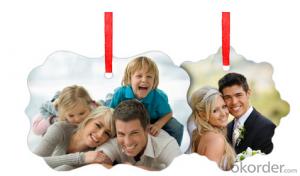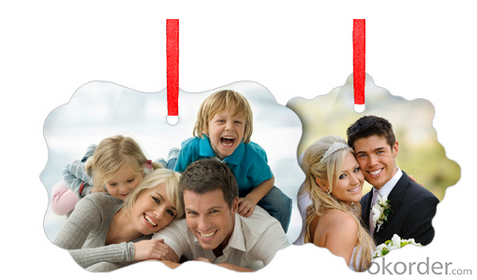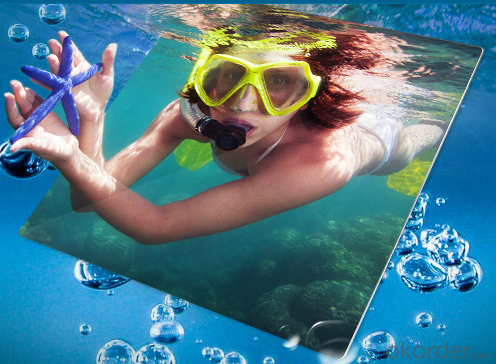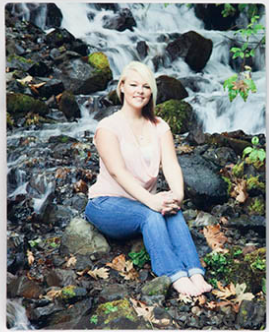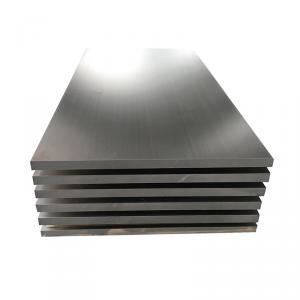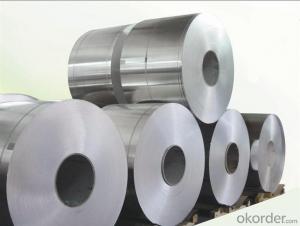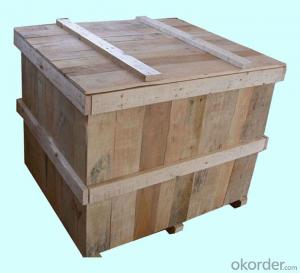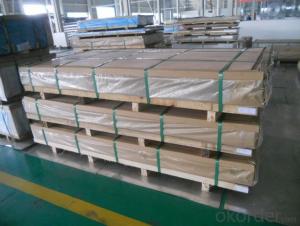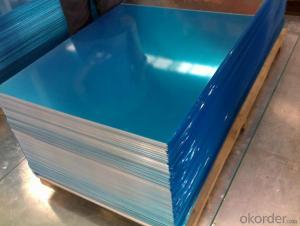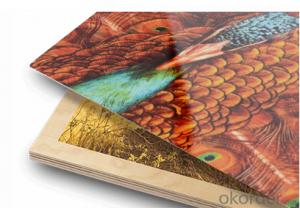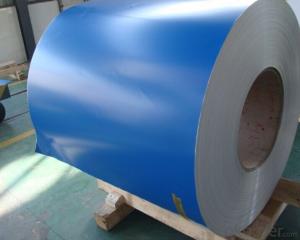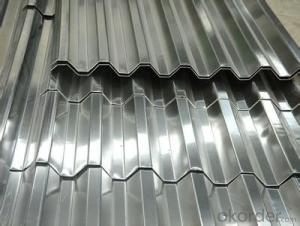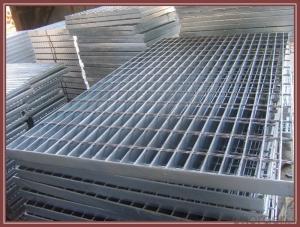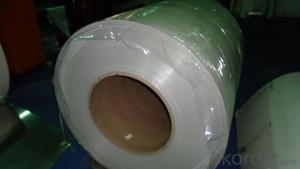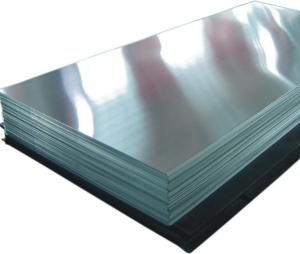1 8 Aluminum Sheets for Sale - 2016 Sublimation Metal Sheet HD Aluminum Metal
- Loading Port:
- Shanghai
- Payment Terms:
- TT OR LC
- Min Order Qty:
- 100 carton
- Supply Capability:
- 20000 carton/month
OKorder Service Pledge
OKorder Financial Service
You Might Also Like
Specification
Description:
These Aluminum Panels can provide for many sizes and different color. It can suitable in many occasion, like company logo screen, show backdrop, home use, some gift use etc. We can also provide the heat press machine for transferring.
Features:
1. Extremely durable scratch resistant surface that is waterproof and can be cleaned easily with a damp cloth.
2. Eco-friendly & Terrific as a decoration.
3. Longest lasting photo medium in the current market.
4. The high definition, vibrant colors coupled with superior fade, moisture, stain & scratch resistant properties.
5. The image is infused into the coating to provide permanent protection and durability.
6. Excellent choice for commercial, fine art, and home decoration applications.
Making Process:
1. Get images from digital camera, memory card or scanner.
2. Print image with heat transfer paper and sublimation ink.
3. Lay down a teflon sheet and your panel, and another CLEAN teflon sheet on top, pre-press for 60 sec., 180℃, 0.3Mpa.
4. 60 seconds later. Wait the panel to cool.
5. Tape the transfer to the face of the substrate with heat resistent tape running parallel to the edge of the substrate.
6. Lay substrate face up, transfer on top on a piece of telfon sheet on lower platen.
7. Cover with one layer of fabric, preferably 100% polyester or poly-silk, to distribute pressure and reduce stress on the coating.
8. Press for the prescribed time is 130sec., temperature is 180℃ and pressure is 0.3Mpa.
9. When finished, remove the fabric and gently peel the taped transfer off the substrate without allowing it to slide or move.
10. Let the substrate to cool. Do not handle it until cool to reduce the chances of damaging the coating on the edges.
11. Enjoy your personal designed aluminum board!

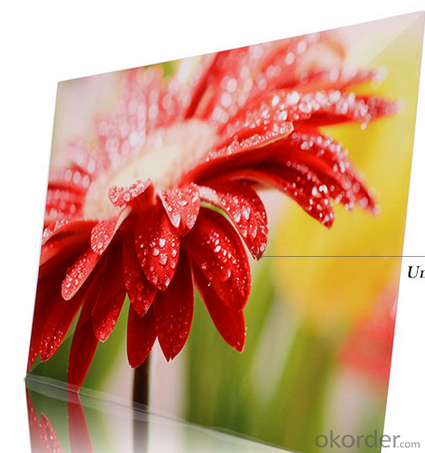
- Q: 5083 what is the density of the aluminum plate?
- 5083 aluminum alloy is Al-Mg-Si, use a wide range, especially in the construction industry cannot do without this alloy, alloy is the most promising. The main alloying elements as magnesium, has good forming performance, corrosion resistance, weldability, moderate intensity, is a kind of pure aluminum alloy aluminum density: 2.71 tons. / m3 (g / cm3) alloy aluminum density: 2.8 tons / m3 (g / cm3) antirust aluminum density: 2.73 tons / m3 (g / cm3)
- Q: Are aluminum sheets suitable for food processing conveyor systems?
- Yes, aluminum sheets are suitable for food processing conveyor systems. Aluminum is a lightweight and durable material that is resistant to corrosion and can withstand extreme temperatures. It is also non-toxic and does not react with food, making it a safe choice for conveying food products. Additionally, aluminum sheets are easy to clean and maintain, making them an ideal option for food processing conveyor systems.
- Q: What are the different surface finishes for aluminum sheets in the aerospace industry?
- Some of the different surface finishes for aluminum sheets in the aerospace industry include mill finish, anodized finish, brushed finish, and painted finish. These finishes are applied to enhance the appearance, durability, corrosion resistance, and overall performance of the aluminum sheets in aerospace applications.
- Q: Aluminum plate 90 degree bending, why cracking?
- Should be the aluminum sheet material and the state of the wrong, I do not know what brand of aluminum plate, with 1060 Aluminum plate, the state: soft 90 degrees bending, not cracking
- Q: Can aluminum sheets be used for sound insulation?
- Aluminum sheets possess a certain degree of effectiveness in sound insulation. Although aluminum is not as proficient in soundproofing as materials such as rubber or foam, it can still offer a certain level of sound insulation if utilized appropriately. One can employ aluminum sheets as a barrier or partition in walls, ceilings, floors, or other surfaces to decrease the transmission of sound waves. Nevertheless, it is noteworthy to mention that attaining optimal outcomes might require the inclusion of supplementary soundproofing materials or techniques.
- Q: how to distinguish the physical property of copper sheet from the one of aluminum sheet?
- physical property: copper sheet: golden, heavy, aluminum sheet: white, light.
- Q: Can aluminum sheets be roll-formed?
- Yes, aluminum sheets can be roll-formed. Roll forming is a process in which a continuous strip of metal, in this case, aluminum, is fed through a series of rollers to gradually shape it into a desired profile or shape. Aluminum is an ideal material for roll forming due to its malleability and ductility, allowing it to be easily bent, curved, and formed into various shapes. It is commonly used in industries such as construction, automotive, and aerospace for applications that require lightweight yet durable components.
- Q: Can aluminum sheets be laminated with other materials?
- Yes, aluminum sheets can be laminated with other materials. Lamination is a process where two or more layers of different materials are bonded together to create a composite material with enhanced properties. Aluminum sheets can be laminated with various materials such as plastics, fabrics, papers, or other metals using adhesive bonding or heat and pressure. This lamination process allows for the combination of the desirable characteristics of different materials, resulting in a final product with improved strength, durability, appearance, or specific functionality. Laminated aluminum sheets are commonly used in industries such as construction, automotive, aerospace, and packaging, where the combined properties of the laminated materials offer distinct advantages.
- Q: Hi guys. I was just wondering if you can give me some tips or information on what you know about painting on metal. The metal that is of concern is aluminium and I would like to put a stencil over this aluminium and just blast it with a can of krylon. Of course...this aluminium piece is actually part of the housing for my cell phone so doing it like this would probably not be right and the paint would probably wear out. I am mainly interested in finding out what kind of paint to use, what tools i need, and how to achieve an extremely! durable! matte finish because this phone is thrown around and going in and out of my pocket the paint will have to withstand getting rubbed down everyday by my pockets.That was a very long question, thanks for bearing with me and thanks in advance for those who provided me with an answer/thought. THANKS!
- This Site Might Help You. RE: Spray Paint Aluminium Durable. Matte. Finish? Hi guys. I was just wondering if you can give me some tips or information on what you know about painting on metal. The metal that is of concern is aluminium and I would like to put a stencil over this aluminium and just blast it with a can of krylon. Of course...this aluminium piece is actually...
- Q: Is it possible for an individual to install their own aluminum sheet roofing?
- <p>Yes, you can install your own aluminum sheets roof, but it requires some skills and knowledge. You'll need to measure and cut the sheets accurately, secure them properly, and ensure watertight installation. It's advisable to have experience in roofing or construction, or to follow detailed instructions and safety precautions. For complex roofs or if you're unsure, hiring a professional is recommended to avoid damage or injury.</p>
Send your message to us
1 8 Aluminum Sheets for Sale - 2016 Sublimation Metal Sheet HD Aluminum Metal
- Loading Port:
- Shanghai
- Payment Terms:
- TT OR LC
- Min Order Qty:
- 100 carton
- Supply Capability:
- 20000 carton/month
OKorder Service Pledge
OKorder Financial Service
Similar products
Hot products
Hot Searches
Related keywords
